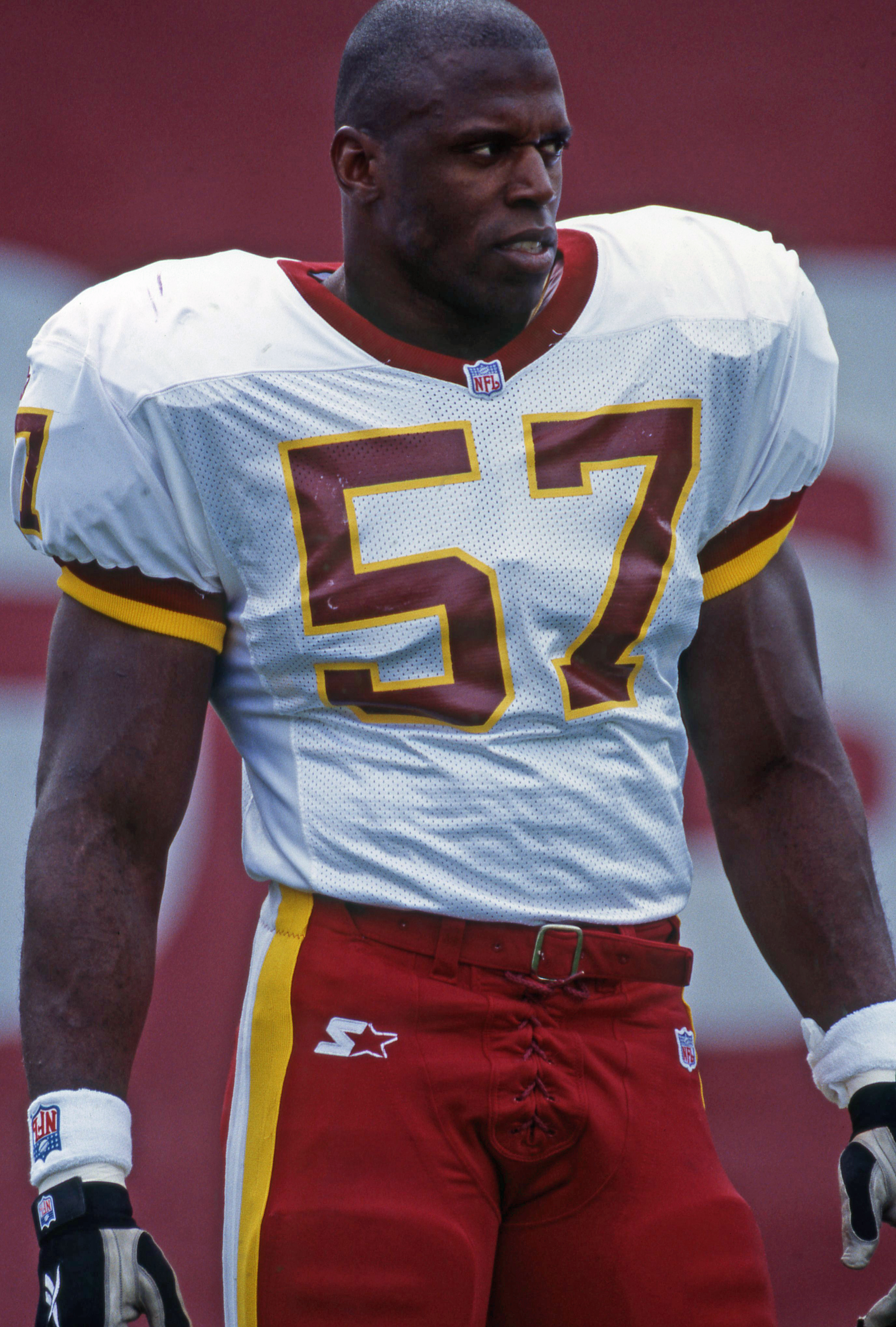If life in the NFL taught me one thing, it’s this: the future comes up quicker than you think.
One day, I was a first-round draft pick. The next day, I was a Pro-Bowler. The day after that I was retired and asking myself, “OK, Ken, what’s next?”
Getting financially fit is no different than getting physically fit: it’s the byproduct of a lot of smart, small decisions. To get physically fit, you need to start with an end goal and you’ll have to incorporate the right foods, exercises, coaches, and sleeping habits to get there. Similarly, to get financially fit, you start with an end goal, and you’ll have to incorporate the right investments, assets, advisors, and spending habits to achieve it.
Start with an Assessment
Before I could start training for life as an NFL linebacker, I needed to meticulously measure my physical fitness. Only by understanding my strengths and weaknesses coming out of college, could I know where to focus my efforts in the gym in a way that would maximize my improvement.
In much the same way, getting financially fit starts with an honest assessment of your current financial situation.
This can be scary, like stepping into the weight room for the first time after years, but it’s absolutely essential, and I can’t stress that enough.
One of the biggest obstacles to financial fitness is the illusion that “everything is alright.” Things often seem OK on the surface, but that’s often the case because you’re refusing to look deep down inside and face the truth.
Only by acknowledging the red flags dogging your bank statements, credit card bills, and investment portfolios, can we begin to eliminate them.
Partner-Up
During the course of your financial assessment, you may have encountered one red flag or several. And while the problems posed by those red flags might feel too big to effectively address, trust me when I say they’re not.
Start turning your financial fitness around by finding a partner. This doesn’t necessarily need to be a personal financial planner—your partner could be something as simple as a book, or series of books on personal finance. Something filled with good, sound financial wisdom that you can guide you like a mentor.
Specific Goals Lead to Specific Directions
This part is fun: people love to make goals. Unfortunately, few people actually meet them. One of the primary reasons people for this is their their lack of specificity.
Goals like, “I want to lose weight” or “I want to get faster,” don’t get the job done in the gym, just like, “I want to save more” or “I want to have less debt” don’t get the job done in finance.
So whether you’re going for physical or financial fitness, be specific. “I want to cut my
40-yard dash time from 4.67 to 4.55 within three months,” or “I want to buy 10 shares of Apple in the next six weeks.”
Goals that are realistic and specific in both aim and timeline are goals that get achieved.
If your overarching goal is big (like, “I want to eliminate my credit card debt” or “I want to pay off my student loans”), break it into bite-sized pieces that will get you heading in the right direction.
Systemize Savings
Create a systematic savings plan, something that you don’t even need to think about. For example, “Every month, I will automatically transfer $400 dollars into an IRA”; “Every two-weeks I will automatically move 3% of my paycheck in to my brokerage account”; or “Every day I’ll automatically transfer $5 from my checking account to my savings account.”
How you systemize your savings is less important than what you actually do. As long as you’ve installed a systematic, automated savings plan, you’re on the right track.
Remember, your financial fitness is the byproduct of small, smart decisions made over time. Make the right decisions every day, and even the unhealthiest personal finances can become fighting-fit.




